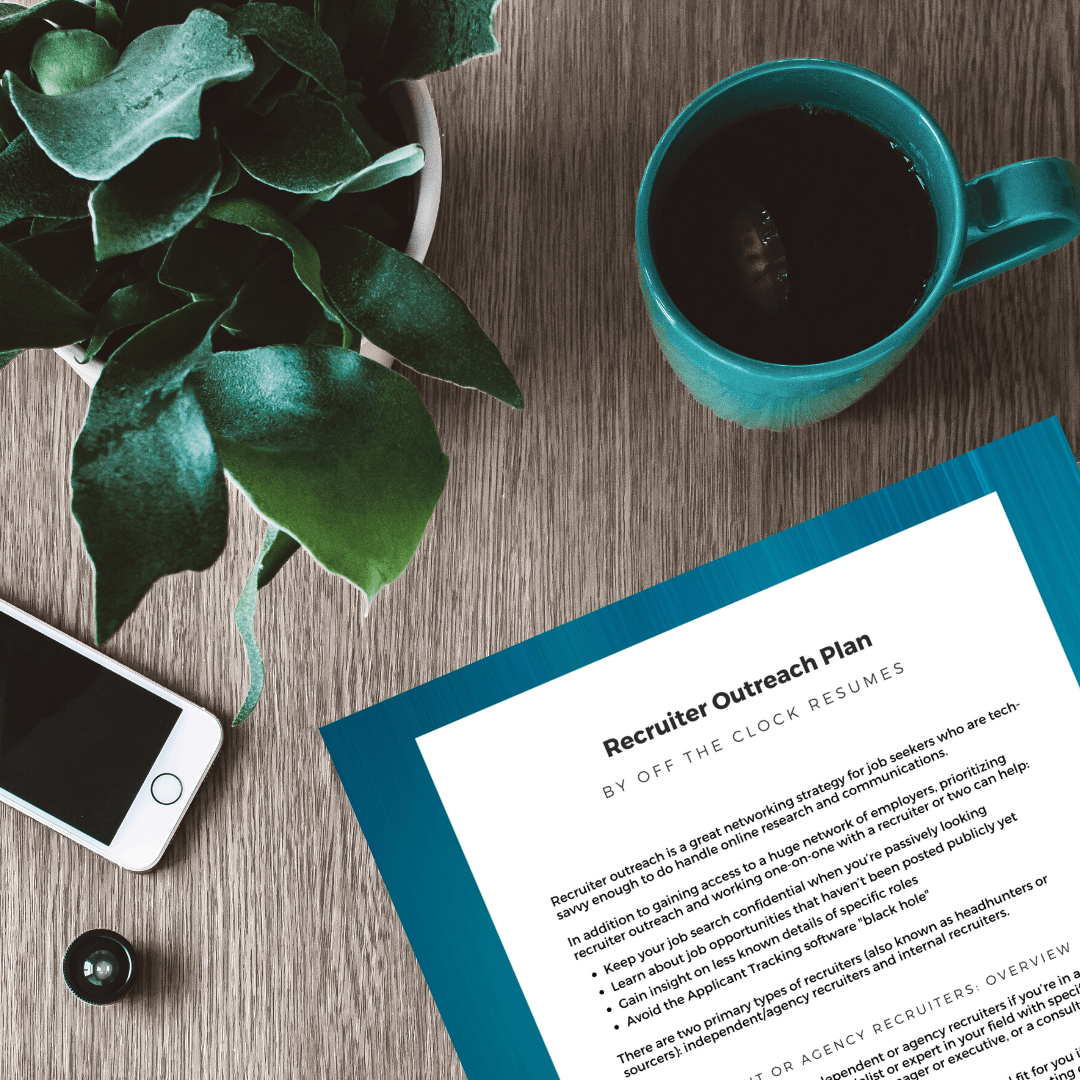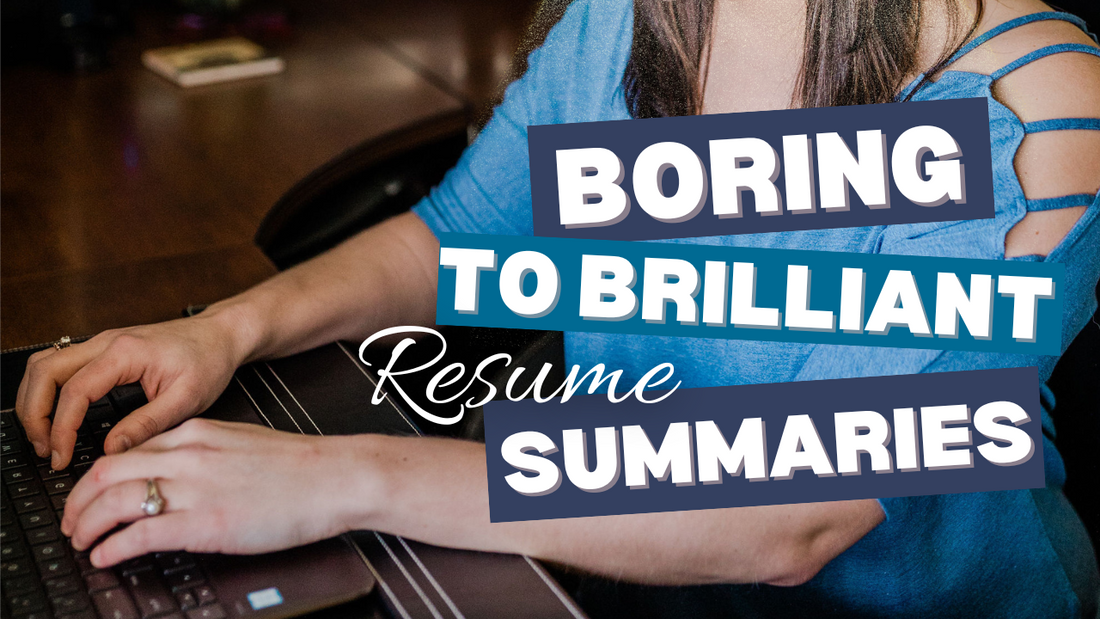
How To Transform Your Resume Summary From Boring To Brilliant
Ever feel like your resume starts off with a total snooze-fest? You’re not alone. If your resume starts with something like, “Motivated self-starter seeking opportunities to grow in X, Y, and Z…” then it’s time for a serious upgrade.
Your resume summary isn’t just filler. It’s prime real estate—the very first thing a recruiter might actually read after their infamous six-second skim. So if you’re skipping straight to your job history or leading with your education, you’re missing a massive opportunity to set the tone and show off what really matters: your impact.
Let’s fix that, shall we?
This blog contains affiliate links, meaning I may receive a small commission (at no cost to you) if you subscribe or buy something through the links I share. I only share links to products or services that I use myself or absolutely love!
Why Most Resume Summaries Fall Flat
Once upon a time, resumes kicked off with “objective statements.” Remember those? “To obtain a challenging position where I can grow and contribute to company goals.” Blah, blah, blah.
Here’s the thing: Hiring managers don’t care what you want. They care what you can do for them.
That’s why the objective statement evolved into the “career summary” or “professional profile.” But even now, most of those summaries still sound like robotic laundry lists of skills: “Team player with experience in Microsoft Office, multitasking, and problem-solving.” Cool story, but... so what?
If your summary reads like a snooze, a list of buzzwords, or a vague wishlist, it’s not doing its job.
What a Brilliant Resume Summary Actually Does
Think of your resume summary like a movie trailer:
- It’s short (4 to 6 lines max).
- It’s tailored to the role you’re targeting.
- It uses confident, outcome-driven language.
It gives hiring managers a reason to want the full story.
You’re not spilling every plot twist. You’re teasing the best scenes—the stuff that makes them think, “This person gets it.”
Instead of writing a generic “here’s what I’m looking for” blurb, flip the script: make it about them. What results can you deliver? What problems do you solve? Why should they want you on their team?
Step One: Start With the Job Posting
Here’s where most people go wrong: they write one summary and copy-paste it into every resume. Big mistake.
Even if the job title is the same across companies, the goals of each role can vary wildly.
Before you even open your resume, do this:
- Read the job posting line by line.
- Focus on the job summary and responsibilities section (not just the qualifications).
- Highlight outcome-driven phrases, especially anything starting with “to…” or "that...
For example:
- “To improve user experience through process enhancements…”
- “To achieve quarterly revenue goals…”
- “That streamline operations and increase efficiency…”
These are golden. They reveal what the company really wants, and that’s what your summary should speak to.
Step Two: Match Their Goals to Your Wins
Once you’ve identified the company’s priorities, connect the dots to your own experience. Think beyond your job duties. Instead, ask:
- What impact did I make?
- What results did I help drive?
- Where did I save time, money, or headaches?
The magic is in the outcomes, not just the input.
Here’s the difference:
Skip this: “Experienced project leader with knowledge of Agile methodologies and cross-functional team leadership.”
Use this instead:
“IT Project Manager known for delivering complex, cross-functional initiatives ahead of schedule while driving efficiency and improving client satisfaction across multiple departments.”
Feel that shift? One says, "I exist.” The other says, “Here’s what I bring to the table.”
Step Three: Use Language That Packs a Punch
Trade the fluff for verbs that mean business. Skip, "team player," "detail-oriented," and, "strong communicator."
Instead, use:
- Launched
- Led
- Streamlined
- Improved
- Resolved
- Increased
Action verbs show action (surprise!). They give your summary energy and momentum, ultimately helping you stand out from a sea of sameness.
Try phrases like:
- “Known for streamlining workflows and cutting turnaround times by 30%.”
- “Bringing 10+ years of experience driving growth through customer-centric marketing strategies.”
- “Recognized for building high-impact teams that exceed KPIs and drive continuous improvement.”
These statements don’t just list skills. They show the value behind those skills.
Step Four: Choose Your Format
Your resume summary can take a few different forms:
Short paragraph (4–6 lines) – Great for storytelling or emphasizing big-picture impact.
Bullets (3–5 strong points) – Ideal if you want to make key achievements pop.
Hybrid (1–2 sentence intro + bullets) – A strong opener followed by quick hits of value.
Whatever format you choose, keep it:
- Skimmable
- Results-focused
- Relevant to the role
Want bonus points? Include 1-2 measurable accomplishments or a line that communicates your unique value proposition—something only you bring.
Need to nix that outdated Objective Statement or boring Summary? This Branding Statement Cheat Sheet will help you position yourself as the best fit for the job you want
Conclusion
A strong resume summary isn’t just nice to have—it’s a powerful positioning tool. I like to think of it as a branding statement rather than a summary. It tells hiring managers:
“Here’s what I’m known for. Here’s how I solve problems. And here’s why I’m worth your time.”
If your resume doesn’t do that, don’t sweat it. It’s an easy fix. Focus on impact. Lead with results. And remember, the first six seconds matter more than you think.
So go on, write a summary that actually says something.
Related Articles
-
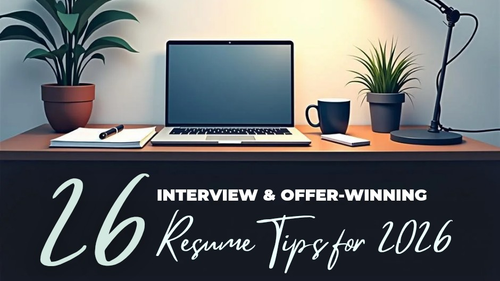
26 Interview and Offer-winning Resume Tips for 2026 and Beyond
Upgrade your resume for 2026 with tips that work from design to keywords and strategies that get interviews. Discover what to fix now and stand out fast!
-

The Perfect Resume Length: One Page, Two Pages, or More?
Confused about the ideal resume length? Discover when to use 1, 2, or even 3+ pages plus get tips to highlight your value and land more interviews.
-
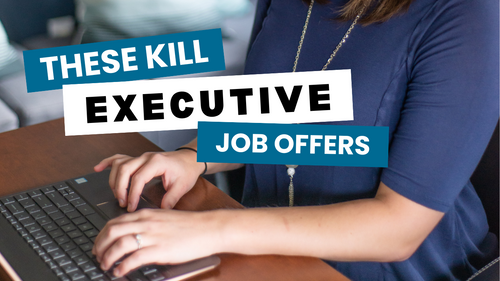
The Harsh Truths About Executive Resumes: What Not to Do
Avoid the most common executive resume mistakes that cost you interviews. Discover actionable resume tips to stand out and land C-level roles.
-

Resume Skills That Get You Hired: What To Include (And What To Skip!)
Discover the top resume skills employers want to see on your resume in 2025. Read or watch to learn how to showcase them to stand out and land more interviews.
-

The Best Resume Tips for Recent Law School Graduates
Guest contributor Luke Bell shares practical resume tips to help recent law school graduates make a lasting impression on potential employers.
-

What Employers Look For In A Resume Skills Section
Learn which key components of an effective Skills section can indicate to resume screening software and the recruiters behind it which skills are your most recent, relevant, functional job-related skills.
-
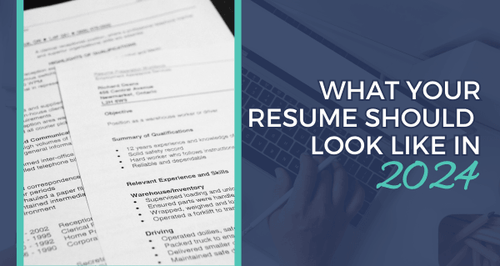
What Your Resume Should Look Like In 2024
This comprehensive resume guide shares what the most common resume sections are and what your resume should look like in 2024.
-

Is Jobscan Worth It? Jobscan Review (2024 Update)
Have you heard of Jobscan? Learn more about this keyword analysis tool for job seekers, what it costs, and what Certified Resume Writers both love and hate about it in this in-depth product review.
-

How To Showcase Transferable Skills And Your Value For A Career Transition
Recognizing the significance of transferable skills is key to successfully showcasing one's potential in the face of change.
-

How To Showcase Achievements In Your Cover Letter
Learn how to turn your accomplishments into a compelling personal narrative that showcases the results an employer can expect from you.
-
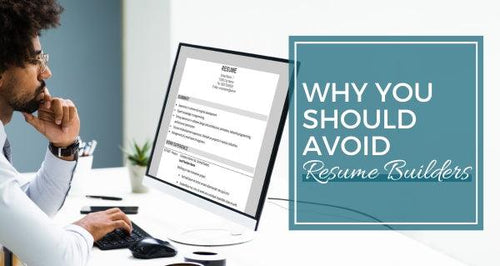
Why You Should Avoid Resume Builders
Online resume builders are an enticing resume resource, but as a Certified Resume Writer who has tried them out, I recommend avoiding them.
-

ChatGPT Review: Resume Writing Edition
How useful is ChatGPT in crafting a resume that lands interviews and job offers? This review by a Certified Resume Writer isn’t what you’d expect.
